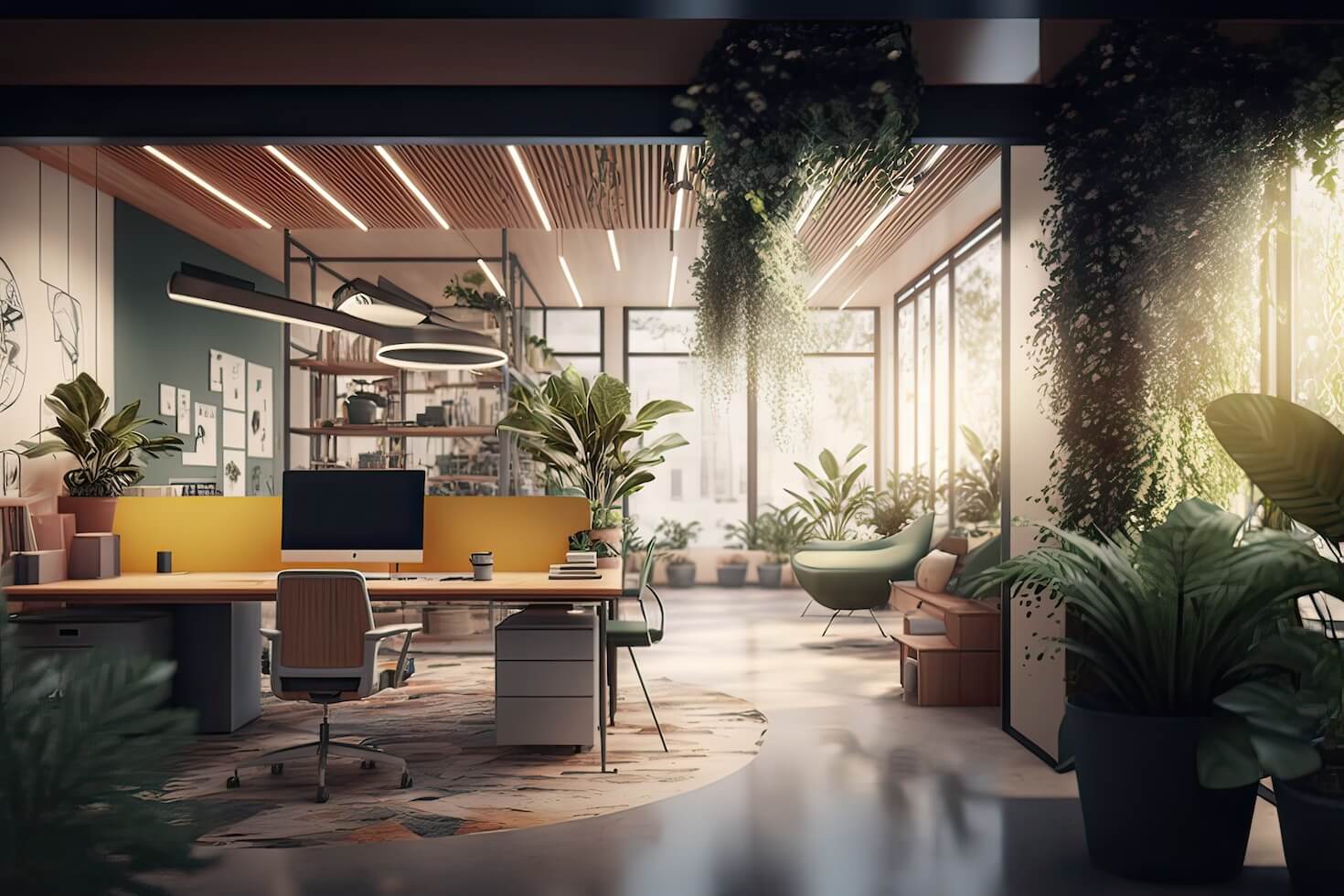Community Design for the Workplace: Enhancing Collaboration and Productivity
In a rapidly evolving post-pandemic landscape, the days of isolated cubicles and rigid office structures are long gone. Enter community design—a game-changing approach that breathes life into workplaces, fostering collaboration, connection, and a profound sense of belonging.
Backed by our research at Future X Collective, we’ve discovered that collaboration and connection are key drivers for people returning to the office. Forward-thinking organisations now recognise the immense value of designing spaces that fuel interaction, inspire creativity, and enhance productivity.
Community design goes beyond mere functionality and aesthetics. It aims to shape a truly immersive and empowering work environment, one that propels individuals and teams towards success. As Forbes highlights, “community design places individuals not just as part of the design process, but at the very centre of it.” Community design situates the designer as a facilitator, guiding and empowering individuals to contribute their insights and ideas.
The Benefits of Community Design in the Workplace:
1. Community Design Nurtures Social Connections:
Community design fosters collaboration through thoughtfully designed spaces that facilitate communication, teamwork, and idea sharing. Open-plan layouts, communal areas, and flexible work zones create an environment where spontaneous interactions thrive, nurturing a strong sense of teamwork.
To accommodate diverse work styles and preferences, it is essential to create a variety of spaces. Incorporating collaborative areas, individual workstations, private meeting rooms, and relaxation zones ensures that employees’ diverse needs are met, promoting inclusivity, and enhancing productivity.
2. Enhancing Creativity and Innovation through community design:
Community design sparks creativity and innovation by establishing a dynamic and stimulating work environment. Collaborative spaces like brainstorming rooms and dedicated project areas cultivate a culture of ideation and problem-solving, leading to fresh ideas and improved outcomes.
Integrating technology is vital for collaboration and productivity, and community design acknowledges this by providing accessible power outlets, wireless connectivity, and adaptable furniture, enabling seamless communication, and enhancing productivity.
Flexibility is another key aspect of community design, achieved through movable furniture, modular elements, and flexible layouts that easily adapt to changing needs, team dynamics, and evolving projects.
To maintain a focused work environment in open-plan spaces, community design emphasises noise control using sound-absorbing materials, strategic partition placement, and acoustic panels, minimizing distractions and supporting productivity.
3. Community Design Creates a Sense of Belonging:
Cultivating a sense of community fosters a stronger bond between employees and the organisation. When individuals feel valued and connected, they become more engaged in their work, leading to higher job satisfaction, increased productivity, and improved retention rates.
Community design plays a crucial role in promoting diversity, inclusion, and accessibility in the workspace, creating an environment where every employee can thrive, make valuable contributions, and experience a sense of belonging.
4. Community Design Promotes Wholistic Well-being:
Community design prioritises employee well-being by incorporating natural elements, such as light, greenery, and ergonomic furniture, to improve the physical workspace and enhance mental and emotional health. By integrating biophilic design principles, community design fosters a deeper connection with nature, reducing stress and boosting cognitive performance, while further reinforcing a sense of community in the workplace.
Learn more here: Natural Light has the Biggest Impact on Workers Wellbeing
Accessible breakout areas and quiet zones provide opportunities for employees to recharge and find balance. Supporting Individual needs and the significance of balancing privacy and collaboration. Community design incorporates private workspaces, quiet rooms, and phone booths, ensuring individuals have the freedom to focus, reflect, and engage in confidential conversations when needed.
Community design is a powerful approach that can transform a workplace into a thriving ecosystem of collaboration, creativity, and well-being. By considering the diverse needs of employees and implementing thoughtful workplace design strategies, organisations can create an environment where individuals feel connected, inspired, and empowered.
Future X Collective works with clients to drive new strategies to help create a workspace that inspires creativity, fosters collaboration, and drives productivity.– Contact our workplace strategy consultants to learn more about how we can help you.



